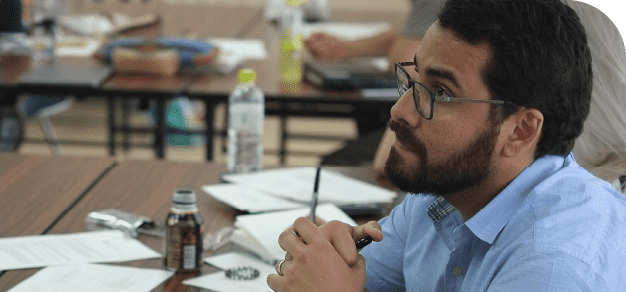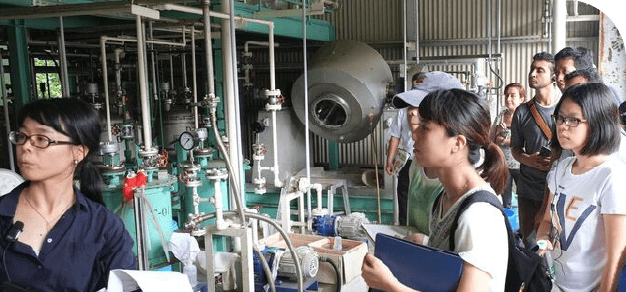GRM Students’ Reports
GRM Lecture on Resource Management
Graduate School of Global Studies Ahmad Marwa
2018/12/05
Period:27 October, 2018
Destination:Japan, Kyoto, Biwako Sosui Canal and Nanzen-ji Temple
As part of the GRM Lecture on Resource Management, we had a fieldvisit to the Biwako Sosui Canal, located near and Nanzen-ji Temple. The tour started inside the museum where we watched a 30 minute video on the history of the Canal construction, before touring the museum to gain a better understanding of the geographic and construction challenges such a massive project involved. After the museum, we walked along the Keage incline and were able to see the Powerplant after taking pictures of the Carriages that used to be moving products between Kyoto and Shiga. We then continued towards the Statue of Sakuro Tanabe, the chief engineer on the construction of the Canal, where we saw a view of a branch of the canal. Right after that, on the way to the Suirokaku red brick arches, we passed by the Spiral tunnel. After seeing the water flows on top of the Canal aqueduct, our fieldvisit was officially over but we decided to take a hiking trail from there to visit Niijima Joe burial at the Doshisha Cemetery. Rev. Niijima Joe, is the founding father of Doshisha University and he was buried there along with his wife, and a number of other people who contributed in his journey following the motto “live to learn to live.”
The outcomes of this fieldvisit are multifold. First, at the technical level, when it was mechanically, physically and especially technologically challenging to order the construction of such a massive-scale project in the year 1885. This includes the simple machinery involved in construction and the first introduction of a public hydroelectric power generator. Second, at the human level of the challenge, where numerous hurdles stood in the way, but were overcome by laborers who had to take special lessons to acquire certain set of skills they had never learned before. One example of which being the pocket size civil engineering book that they carried in their pockets for quick reference to their daily tasks. Third, the financial aspect of such a project, when the Japanese Capital shift had left Kyoto people and the mayor/governor of the city, at particular self-debate to take such a promising yet straining decision, when this budget could have been used differently for the local population in the short-term, wherease the construction took 5 years to finish. And finally, the trip ended with a cultural, spontaneous learning experience on the founder of the University I attend.
This final observation doesn't strictly pertains to this course, but l would like to say that I enjoy Hayashida Sensei's classes because they often mix knowledge and the learning experience with contemporary and daily issues we face. This teaching approach allows the student to retain those information learnt outside the walls of conventional lecturing.


